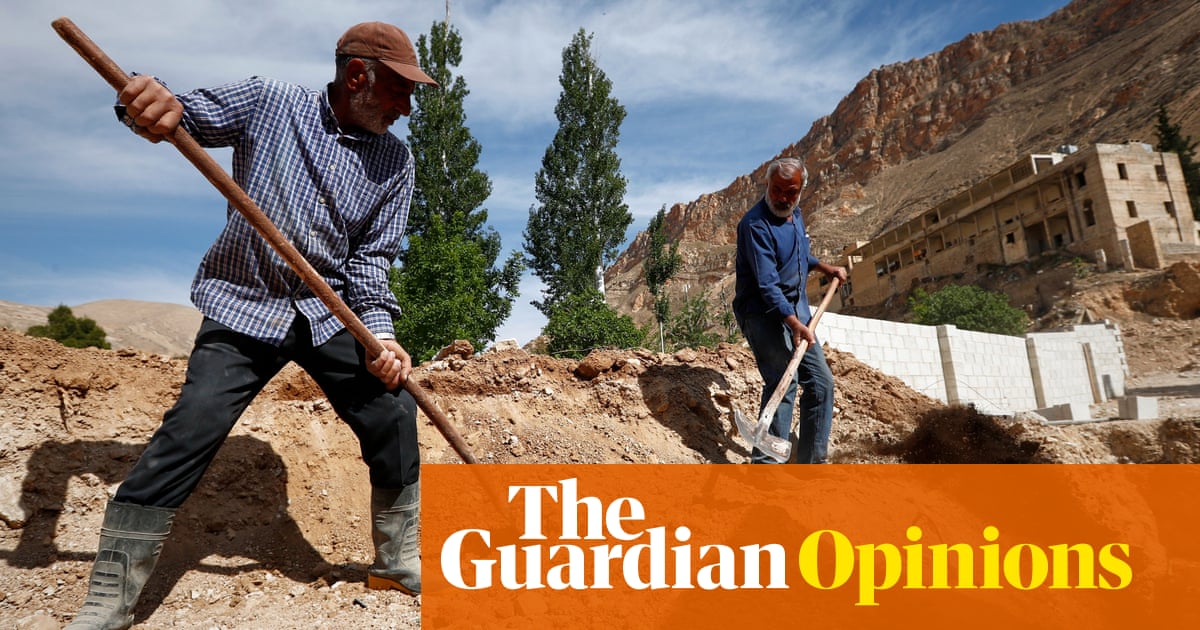The recent deterioration of conditions for young offenders has been overshadowed by the wider crisis engulfing prisons in England and Wales. But the accounts given to the Guardian by three mothers of sons who are currently in HMP Swinfen Hall, in Staffordshire, offer a disturbing insight into the exceptionally high levels of violence that have become normalised.
Their descriptions of “constant fear”, casual knifings and “drugs and knives everywhere” are chilling. Two of the women said that they agreed with the decision to jail their sons. But reading their testimony, which echoes the findings of a recent prison inspectorate survey, it is impossible to believe that any rehabilitative purpose is being served. The suggestion by one of the women that her son is becoming more violent rather than less due to the conditions rings alarmingly true, and is in line with the conclusion of David Gauke’s independent review of sentencing that prisons are failing to reduce reoffending.
Men’s prisons are often dangerous places, with last month’s attack on prison officers by Hashem Abedi at HMP Frankland just one example of the risks faced by staff as well as inmates. In parts of the youth justice estate – which holds those aged up to 21 in young offender institutions (YOIs), secure training centres and council-run secure children’s homes – the problem is particularly acute.
The state’s special responsibility towards children, and the importance of providing second chances to those convicted when young, means this failing system requires an action plan of its own. Of the current youth custody population, 53% are minority ethnic and 63% have spent time in care. Ministers agreed in March that girls would no longer be held in YOIs, following another report. But as 97% of young people in jail are male, they are the bigger problem.
Overcrowding is not an issue in youth prisons as it is in adult ones. But the lack of suitable educational provision for a group of young men who desperately need it, more than half of whom have special needs, is nothing short of tragic. So is the amount of time that many spend locked in their cells.
Staff shortages are one reason why violence is so out of control that ministers recently agreed to the use of pepper spray in some circumstances. The rate of assaults on staff, which is 14 times higher than in men’s prisons, can partly be explained by the fact that more than two-thirds of those in YOIs are there for violent offences. But it is clear from recent inspection reports that the number of “keep-aparts”, who are not allowed to mix due to the risk of fights, is unsustainable.
The youth custody population is less than a quarter of what it was 15 years ago, so there has been progress as well as decline. Since the threshold for custody has been significantly raised, these institutions are bound to be challenging places. But Mr Gauke’s review noted that young people’s impressionable natures mean that they have both a higher rate of reoffending than adults and also higher potential to desist. As ministers plan their sentencing reforms, boys in custody must not be written off.
-
Do you have an opinion on the issues raised in this article? If you would like to submit a response of up to 300 words by email to be considered for publication in our letters section, please click here.

 1 day ago
9
1 day ago
9

















































